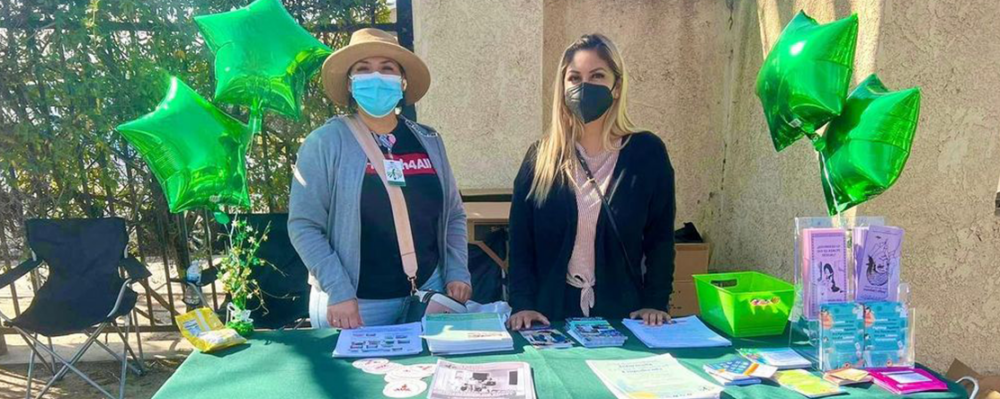
In the News
New National Study: Alcohol Laws Help Reduce Heavy Drinking in Young Women
- Medscape
-
Issues
Alcohol -
Expertise
Research – Quantitative, Research – Survey -
Programs
Alcohol Research Group, Behavioral Health and Recovery Studies

A national study by PHI’s Behavioral Health and Recovery Studies, PHI’s Alcohol Research Group, and Advancing New Standards in Reproductive Health at the University of California, San Francisco, takes a closer look at drinking outcomes for women ages 18-44 yrs. for states who have banned liquor sales on Sundays and states who put a 0.05-0.08 blood alcohol concentration limit in place for driving.
The study, Associations between state-level general population alcohol policies and drinking outcomes among women of reproductive age: Results from 1984 to 2020 National Alcohol Surveys, was led by Dr. Meenakshi S. Subbaraman with PHI’s Behavioral Health and Recovery Studies and published in the journal, Alcohol Clinical and Experimental Research.
Methodology:
- “Study included 13,555 women aged ≤ 44 years who participated in the National Alcohol Survey between 1984 and 2020.
- Alcohol consumption data included past 12-month number of drinks, number of ≥ five-drink days, number of ≥ eight-drink days, and any symptoms of alcohol use disorder (AUD).
- Analysis of state-level policies related to government control of liquor retail sales, heavy beer at gas stations, heavy beer at grocery stores, liquor at grocery stores, Sunday off-premise liquor sales, and BAC driving limits.
Takeaway:
- Laws that allow Sunday liquor sales were associated with 1.20 times as many drinks (95% CI, 1.01-1.42), 1.41 times as many ≥ five-drink days (95% CI, 1.08-1.85), and 1.91 times as many ≥ eight-drink days (95% CI, 1.28-2.83).
- Laws that set BAC limits at 0.05-0.08 for driving were associated with 0.51 times fewer drinks (95% CI, 0.27-0.96), 0.28 times fewer days with ≥ five drinks (95% CI, 0.10-0.75), and 0.20 times fewer days with ≥ eight drinks (95% CI, 0.08-0.47).
- Government control of liquor sales or sales at gas stations was not associated with number of drinks consumed or AUD symptoms.”
In Practice:
“Policymakers and public health professionals who wish to reduce harms related to alcohol use during pregnancy through state-level policies should consider broader general population policies,” the authors write.
To read the full article and access the full study, click on the link below.
Originally published by Medscape
More Updates


Safeguarding the Health and Wellbeing of Agricultural Workers in Monterey County: A 5-Year Glance at the COVID Pandemic & Lessons Learned

New Study Reveals Why Alcohol Use Increased During the Pandemic

PHIL Collective: Tools, Training and Resources for Collaborative, Cross-Sector Efforts to Improve Health and Equity
Work With Us
You change the world. We do the rest. Explore fiscal sponsorship at PHI.
Support Us
Together, we can accelerate our response to public health’s most critical issues.
Find Employment
Begin your career at the Public Health Institute.
